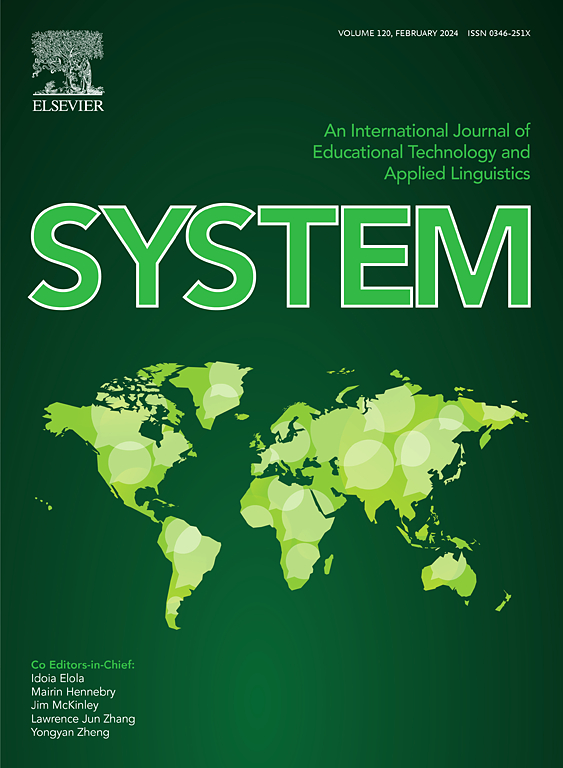Breed-specific responses to coccidiosis in chickens: identification of intestinal bacteria linked to disease resistance
IF 6.5
1区 农林科学
Q1 Agricultural and Biological Sciences
引用次数: 0
Abstract
Coccidiosis, caused by Eimeria parasites, is a major enteric disease in poultry, significantly impacting animal health, production performance, and welfare. This disease imposes a substantial economic burden, costing the global poultry industry up to $13 billion annually. However, effective mitigation strategies for coccidiosis remain elusive. While different chicken breeds exhibit varying resistance to coccidiosis, no commensal bacteria have been directly linked to this resistance. To assess relative resistance of different breeds to coccidiosis, 10-day-old Fayoumi M5.1, Leghorn Ghs6, and Cobb chickens were challenged with 50,000 sporulated Eimeria maxima oocysts or mock-infected. Body weight changes, small intestinal lesions, and fecal oocyst shedding were evaluated on d 17. Ileal and cecal digesta were collected from individual animals on d 17 and subjected to microbiome analysis using 16S rRNA gene sequencing. Fayoumi M5.1 chickens showed the lowest growth retardation, intestinal lesion score, fecal oocyst shedding, and pathobiont proliferation compared to Ghs6 and Cobb chickens. The intestinal microbiota of M5.1 chickens also differed markedly from the other two breeds under both healthy and coccidiosis conditions. Notably, group A Lactobacillus and Ligilactobacillus salivarius were the least prevalent in both the ileum and cecum of healthy M5.1 chickens, but became highly enriched and comparable to Ghs6 and Cobb chickens in response to coccidiosis. Conversely, Weissella, Staphylococcus gallinarum, and Enterococcus durans/hirae were more abundant in the ileum of healthy M5.1 chickens than in the other two breeds. Despite being reduced by Eimeria, these bacteria retained higher abundance in M5.1 chickens compared to the other breeds. Fayoumi M5.1 chickens exhibit greater resistance to coccidiosis than Leghorn Ghs6 layers and Cobb broilers. Several commensal bacteria, including group A Lactobacillus, L. salivarius, Weissella, S. gallinarum, and E. durans/hirae, are differentially enriched in Fayoumi M5.1 chickens with strong correlation with coccidiosis resistance. These bacteria hold potential as probiotics for coccidiosis mitigation.鸡对球虫病的品种特异性反应:与疾病抗性相关的肠道细菌鉴定
球虫病是由艾美耳球虫寄生虫引起的一种主要的家禽肠道疾病,严重影响动物健康、生产性能和福利。这种疾病造成了巨大的经济负担,使全球家禽业每年损失高达130亿美元。然而,球虫病的有效缓解策略仍然难以捉摸。虽然不同的鸡品种对球虫病表现出不同的抵抗力,但没有共生细菌与这种抵抗力直接相关。为了评估不同品种对球虫病的相对抗性,本研究用5万只最大孢子艾美耳球虫卵囊或模拟感染的5万只10日龄法优米M5.1、莱格霍恩Ghs6和科布鸡进行攻毒。第17天评估体重变化、小肠病变和粪卵囊脱落情况。于第17天采集个体动物的回肠和盲肠食糜,采用16S rRNA基因测序进行微生物组分析。与Ghs6和Cobb鸡相比,法优米M5.1鸡的生长迟缓、肠道病变评分、粪卵囊脱落和病原体增殖最低。在健康和球虫病条件下,M5.1鸡的肠道菌群也明显不同于其他两个品种。值得注意的是,A组乳酸菌和唾液脂动杆菌在健康M5.1鸡的回肠和盲肠中最不普遍,但在球虫病反应中变得高度富集,与Ghs6和Cobb鸡相当。相反,与其他两个品种相比,健康M5.1鸡的回肠中Weissella、鸡状葡萄球菌和durans/hirae肠球菌含量更高。尽管艾美耳球虫减少了这些细菌,但与其他品种相比,这些细菌在M5.1鸡中保持了较高的丰度。法优米M5.1肉鸡对球虫病的抵抗力高于来客霍恩Ghs6蛋鸡和科布肉鸡。法优米M5.1鸡体内存在A群乳酸菌、L. salivarius、Weissella、S. gallinarum和E. durans/hirae等几种共生菌的差异富集,与球虫病抗性密切相关。这些细菌具有潜在的益生菌球虫病的缓解。
本文章由计算机程序翻译,如有差异,请以英文原文为准。
求助全文
约1分钟内获得全文
求助全文
来源期刊

Journal of Animal Science and Biotechnology
AGRICULTURE, DAIRY & ANIMAL SCIENCE-
CiteScore
9.90
自引率
2.90%
发文量
822
审稿时长
17 weeks
期刊介绍:
Journal of Animal Science and Biotechnology is an open access, peer-reviewed journal that encompasses all aspects of animal science and biotechnology. That includes domestic animal production, animal genetics and breeding, animal reproduction and physiology, animal nutrition and biochemistry, feed processing technology and bioevaluation, animal biotechnology, and meat science.
 求助内容:
求助内容: 应助结果提醒方式:
应助结果提醒方式:


